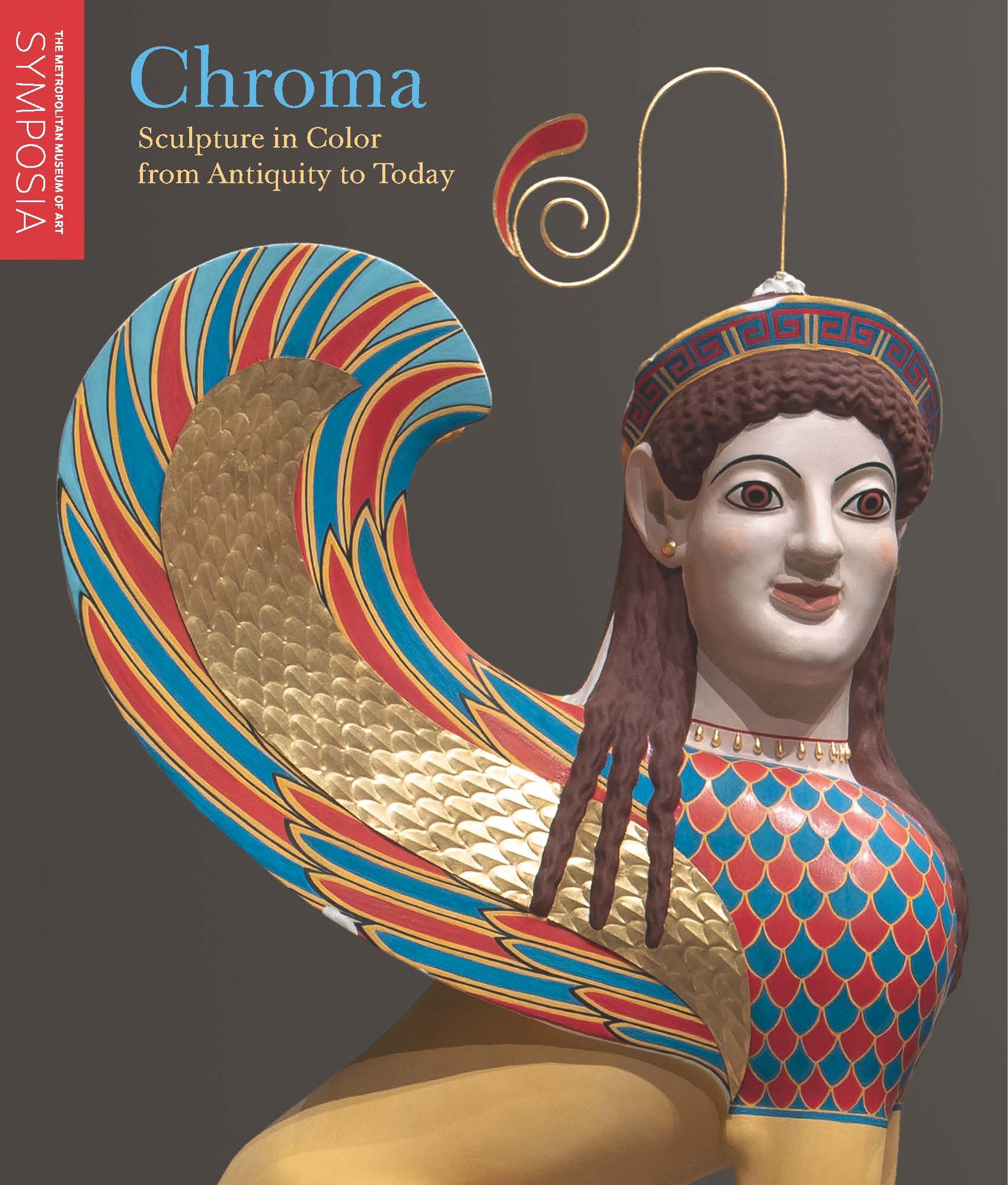Portrait of the Boy Eutyches
Paintings of this type, often called Faiyum portraits (though not all of them come from the Faiyum oasis), are typical products of the multicultural, multiethnic society of Roman Egypt. Most of them are painted in the elaborate encaustic technique, in which pigments were mixed with hot or cold beeswax and other ingredients, such as egg, resin, and linseed oil. This versatile medium allowed artists to create images that in many ways are akin to oil paintings. The boy's head, for instance, stands out from the light olive-colored background, creating an impression of real depth. His face is modeled with flowing brushstrokes and a subtle blend of light and dark colors. Shadows on the left side of the face, neck, and garment and bright shiny spots on the forehead and below the right eye indicate a strong source of light on the boy's right. Most arresting are the dark brown eyes with black pupils reflecting the light with bright spots. This manner of painting, which is very different from the traditional Egyptian style but was well known in Greco-Roman Egypt, originated in Classical Greece in the fifth and fourth centuries B.C.E.
Although the painting technique on Faiyum portrait panels is Greek, their use is entirely Egyptian. When a person died, the portrait panel was placed over the face of the mummy with parts of the outermost wrapping holding it in place. This implies Egyptian beliefs about the afterlife. After having been ruled for three hundred years by a Greek (Macedonian) dynasty and a century or more by Roman administrators, Roman Egypt was an extremely diverse civilization. The population consisted of Roman citizens and citizens of Greek cities such as Alexandria (both of these groups made up of peoples of many different ethnicities) and native Egyptians. The subjects of the mummy portraits clearly were dressed and coiffed like Romans, and many of them bore Greek names or names that were Greek versions of Egyptian names. However, they and their families found consolation in the ancient Egyptian beliefs about the afterlife.
Link to the Artist Project
Y.Z. Kami on Egyptian mummy portraits
Artwork Details
- Title:Portrait of the Boy Eutyches
- Period:Roman Period
- Date:A.D. 100–150
- Geography:From Egypt
- Medium:Encaustic on wood
- Dimensions:h. 38 cm (14 15/16 in); w. 19 cm (7 1/2 in)
- Credit Line:Gift of Edward S. Harkness, 1918
- Object Number:18.9.2
- Curatorial Department: Egyptian Art
Audio
3536. Portrait of the Boy Eutyches
NARRATOR: The portrait of this smooth-faced young boy is particularly fine. It was made to be included in the wrappings covering his mummified body. Across the neck of his white tunic we see a painted inscription. The Greek letters seem to follow the folds of cloth. They tell us his name: Eutyches, and that he was a freed slave. Roger Bagnall is professor of Greek and ancient history at Columbia University.
ROGER BAGNALL: Only a small percentage of the mummy portraits have names on them; and Eutyches is an unusual portrait in that it not only has a name but an inscription that tells us something about who he was. What kind of a name is Eutyches? It’s Greek, actually, it means “Lucky.” And so you might say that Eutyches was a Greek, right? Well, it’s not actually that simple. For one thing he was an ex-slave and probably his parents didn’t give him his name, his owner did. For another, Eutyches is a name often used in Egypt to refer to the god of good luck, Shai, an Egyptian god but referred to in Greek translation.
NARRATION: By the time this portrait was painted— in the second century AD— the Greek and Egyptian cultures had been commingling for generations.
More Artwork
Research Resources
The Met provides unparalleled resources for research and welcomes an international community of students and scholars. The Met's Open Access API is where creators and researchers can connect to the The Met collection. Open Access data and public domain images are available for unrestricted commercial and noncommercial use without permission or fee.
To request images under copyright and other restrictions, please use this Image Request form.
Feedback
We continue to research and examine historical and cultural context for objects in The Met collection. If you have comments or questions about this object record, please contact us using the form below. The Museum looks forward to receiving your comments.
